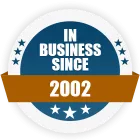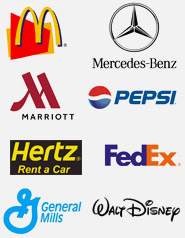How to Clean Conveyor Belts in the Food and Beverage Industry
How to Clean Conveyor Belts in the Food and Beverage Industry with Pressure Washer?
Conveyor belts are widely used in food and beverage manufacturing plants to simplify and speed up production and processing functions. With daily use and exposure to food particles and beverage spills, the conveyor belts can easily turn dusty and dirty. Now, this will not fit the equation since food production/processing facilities have to adhere to high standards of hygiene and cleanliness to avoid contaminating food and beverages. “So, why not choose something efficient and powerful such as pressure washers to maintain these conveyor belts?”
Is it possible to clean conveyor belts while in use?
To maximize productivity of the manufacturing or processing functions, it is best to clean a conveyor belt while it is operational. Now, this can be almost an impossible feat if you stick to traditional cleaning techniques. However, the same task becomes unbelievably easy if you are empowered with pressure washers.
When the conveyor belt is in use, focus the jet of pressurized water or steam on the area to be cleaned. The dust and dirt deposits will be quickly washed off, leaving surfaces spotlessly clean.
Unlike brushes that are often unable to clean tiny crevices and tight spaces, pressure washers guarantee absolutely clean conveyor belts free of all unwanted deposits.
Degreasing and disinfecting functions
To enable easy and effective elimination of greasy deposits from conveyor belts, pressure washers are now equipped with the capability to eject hot water or steam at exceptionally high temperatures.
The best power washers available from leading suppliers generate steam temperatures of up to 330°F and hot water temperatures as high as 210°F to help dissolve grease, oil, and other deposits on conveyor belts. If you use tri-mode pressure washers, remember to switch to hot water or steam mode to manage degreasing tasks.
Hot water or steam also helps eliminate germs and pathogens on conveyor belts to ensure hygiene and zero contamination of beverages and food products.
The high temperatures combined with pressure levels of 1000 PSI and flow rates of 2.5 GPM empower pressure washers with fantastic cleaning power. Turn to reputed suppliers to pick the right power washing system for maintaining conveyor belts.


